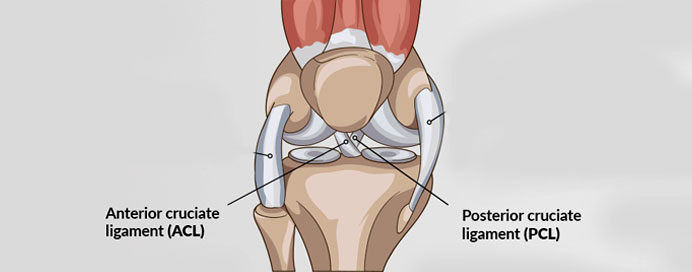Services / Dr. Ravi Bhanushali

Repair or reconstruction of the anterior cruciate ligament (ACL) and posterior cruciate ligament (PCL) are common orthopedic procedures, especially in the context of knee injuries. These ligaments are crucial for knee stability, and injuries to them often occur during sports, accidents, or other traumatic events.
Here’s an overview of ACL and PCL ligament repair:
It’s important for individuals with ACL or PCL injuries to consult with an orthopedic surgeon to determine the most appropriate course of action based on the specific nature and severity of their injury. The decision between surgical and non-surgical approaches is often individualized.
